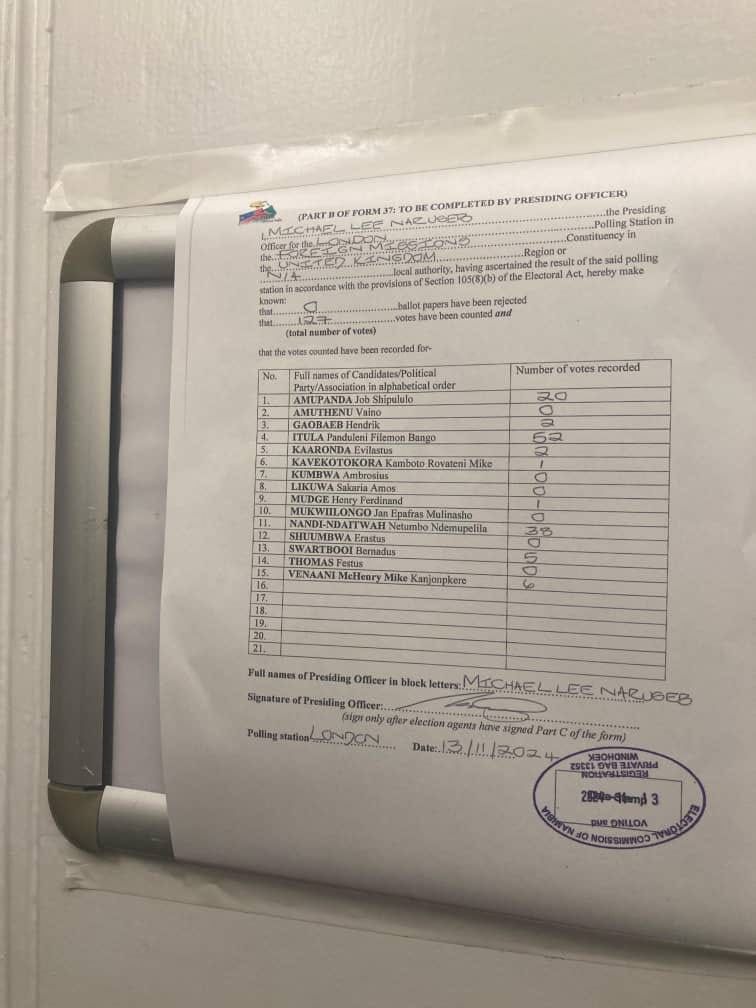ANALYSTS say the depreciating Namibia dollar against the US dollar is the major contributor to the increasing oil prices in domestic currency terms, despite international oil prices easing.
In an analysis, the Economic Association of Namibia’s research associate, Klaus Schade, said they expect a continuous upward pressure on inflation, as a result of increasing fuel prices.
Fuel prices were increased by N$0,25 per litre due to the adjustment of the fuel tax in August.
“This could result in further under-recoveries (meaning the actual costs of fuel are higher than the pump price). If not fully or partly absorbed by the National Energy Fund, as in the previous months, under-recoveries will lead to fuel price increases. In addition, the municipality has increased bus fares, which will add further pressure on transportation costs,” he stressed.
Schade was commenting in line with the Namibia Statistics Agency releasing the annual inflation rate this week, which increased from 4% in June to 4,5% in July. He said this is by far the highest rate this year.
“The main driver of inflation was, however, the price increase for goods. The inflation rate for goods rose to 4,6% from 3,8% in June”, he added.
Supporting Schade’s sentiments, PSG Namibia head of research Eloise du Plessis noted that the sharp weakening of the Namibia dollar due to weaker emerging market sentiment would put pressure on import prices in coming months.
She said given the pressures on inflation and international reserves, they expect the central bank to keep its repo rate unchanged for the remainder of 2018, despite meagre economic growth, and inflation remaining within acceptable levels.
“We believe inflation reached the bottom of the cycle in April, and will increase steadily during the remainder of 2018. Increases in a range of municipality and electricity charges, which became effective on 1 July, have boosted inflation, but are not expected to increase again this year.
“Furthermore, food prices are only expected to rise modestly, and continued sluggish domestic economic growth should subdue demand-pull price pressures,” Du Plessis observed.
Indileni Nanghonga, junior analyst at Simonis Storm said the annual increase in inflation can be ascribed to the rising inflation in transport, alcoholic beverages, education and the hotel, café and restaurant categories.
She opined that further increases in transport inflation would stem from a depreciating currency, coupled with already elevated global oil prices.
“Transport, which weighs 14,3% in the inflation basket, increased drastically by 8,9% in July 2018, compared to a 2,4% growth rate in the prior year. We believe that the effect of the fuel levy, coupled with the increase in the fuel price during the month under review, is feeding through the numbers,” she said.
Nanghonga added that this would subsequently increase transport inflation in the coming month, as operations of personal transport equipment have increased by 11,8% in July 2018, compared to a 1,6% growth rate registered in the prior year.
Stay informed with The Namibian – your source for credible journalism. Get in-depth reporting and opinions for
only N$85 a month. Invest in journalism, invest in democracy –
Subscribe Now!






